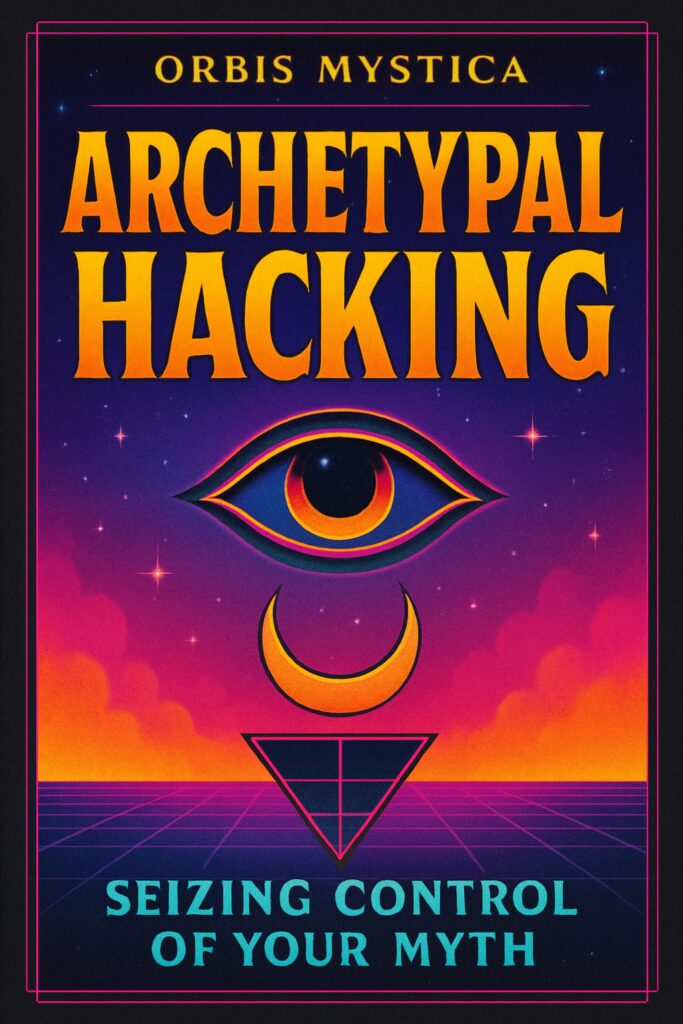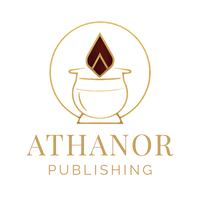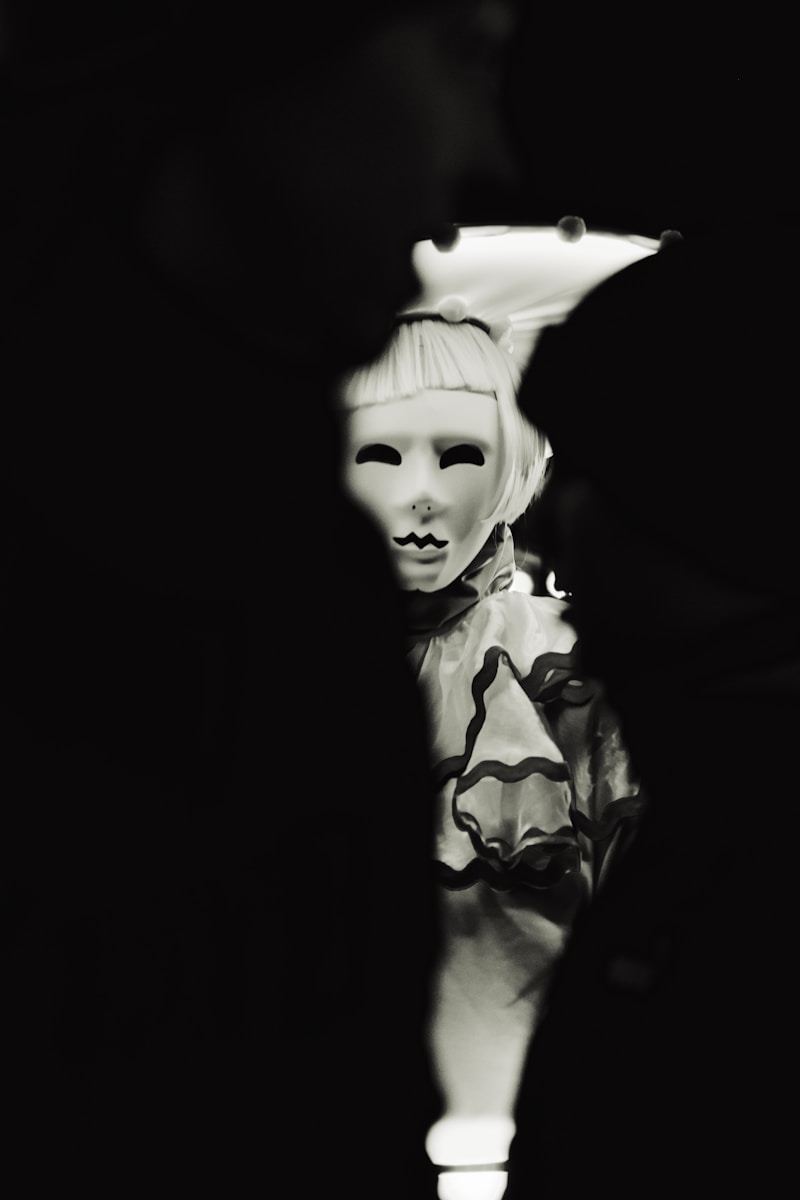We like to think of archetypes as inspiring forces; mythic guides, noble mentors, heroic energies. But there’s another side. Archetypes can parasitize the psyche. They cling, they demand, they devour authenticity in the name of myth. What was meant to uplift becomes a chain.
The word “archetype” has been romanticized: the Lover, the Warrior, the Sage. But these currents are not neutral. They are living pressures. They pull you into scripts, expectations, narratives that were never yours. And if you do not watch them, they feed — off your energy, your attention, your identity.
What Is an Archetype, Really?
An archetype is a universal template or pattern — a mythic force cited through stories, symbols, and rituals. But archetypes are not just metaphors. They operate at a psychic level as behavioral mandates. When you do not own them, they own you.
They demand certain behaviors, certain hopes, certain fears. They sculpt your shadow. The Lover wants passion; the Warrior demands struggle; the Hero demands perfection. And when your life deviates, you feel wrong, ashamed, disconnected. Because you are feeding someone else’s myth, not your own becoming.
How They Feed — The Energy Drain
Archetypes feed on your life force. They want not just obedience, but feeding in isolation: your obsession, your identity, your DNA.
- Attention drain: you obsess over what you should be doing, how you should feel, what you shouldn’t allow.
- Emotional leakage: disappointment, shame, anxiety arise when archetypes are unmet, unfulfilled.
- Life script mismatch: you sacrifice alignment to live in someone else’s myth.
Every effort to match an archetypal ideal burns energy that could instead fuel your authenticity.
The Parasite Muster: Common Archetypes That Consume
Certain archetypes are particularly hungry:
- The Perfectionist/Hero: demands flawless behavior, relentless achievement.
- The Martyr: binds suffering as virtue; thrives in self-neglect.
- The Savior / Caregiver: expects gratitude; lives in giving while draining self.
- The Victim: attracts rescue, but erodes personal power.
Each of these can become energetic leeches if you do not establish boundaries.
Why We Accept to Be Parasited
Why do we allow these forces to drain us? Because archetypes confer identity. Because they promise recognition. Because we are terrified of being nobody.
It’s easier to don an archetype than to make peace with uncertainty. Easier to embody Hero than to be fragile. Easier to perform as Caregiver than to feel abandoned. But that performance comes at cost.
The Contagion Effect
Archetypes are like memes: they spread through stories, symbols, culture, family. You pick them up before you can question them. Your parents, your school, your environment: they all carry archetypal expectancies.
When one archetype becomes popular — the “Warrior CEO,” the “Sacred Feminine,” the “Spiritual Guru” — it spreads, becomes normative, becomes parasitic not only in your life, but in culture’s bloodstream.
Symptoms You’re Being Fed From
How do you know if an archetype is feeding on you? Watch for:
- Chronic dissatisfaction: nothing feels enough.
- Impostor syndrome: you always feel inadequate.
- Obsession with image: performance over presence.
- Emotional vacuums: shadows, shame, burnout.
- Repetition of failure: cycle after cycle, same pattern.
These are not moral failures. They are signs of parasitic myth.
How to Exorcise Archetypal Parasites
Removing archetypal parasites isn’t about rejecting archetypes altogether — it’s about reclaiming autonomy.
Practices:
- Recognition — name the archetype, its script, its voice in your mind.
- Boundary setting — decide what you will or won’t feed it.
- Shadow work — confront where the archetype wounds you.
- Rewriting the script — redefine what the archetype means for you, not what tradition demands.
- Embodied rituals — dance, posture, breath, gesture to signal new ownership.
Archetypes as Tools, Not Overlords
Archetypes are powerful when owned; dangerous when inherited unexamined. You can use the Hero energy without letting it devour your rest. You can invoke the Witch without hiding your vulnerability. You can be powerful on your terms.
True sovereignty comes when archetypal energy serves you, not enslaves you.
The Edge of Myth and Freedom
There is a razor’s edge between mythic power and mythic enslavement. On one side, archetypes provide structure, direction, power. On the other side, they demand uniformity, sacrifice of authenticity, endless striving.
The work is to walk that edge — to borrow mythic power without becoming mythic prisoner.
From Parasite to Sovereignty

Archetypes are double-edged: they carry power, and they also consume. Left unexamined, they latch on and feed—writing your choices, shaping your relationships, draining your signal. The turn to sovereignty begins when you name the pattern, cut the line of automatic feeding, and choose which myths you will consciously animate. Freedom isn’t escaping archetypes; it’s mastering the terms of engagement so they serve your becoming rather than devouring it.
This is the work of authorship: reclaim the plot, integrate the shadow, and turn the parasite into a tool.

